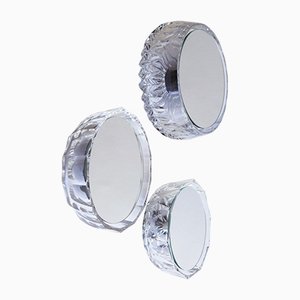Berlin-based designer Andreas Berlin welcomes us to his studio
Berlin ♥ Berlin
“Berlin is a particularly tolerant city, and this tolerance leaves room to breathe and think,” reflects Andreas Berlin as we sit together in the living room of the minimalist but eclectic apartment-slash-studio that he shares with his multimedia artist wife Sabine Dehnel. “The diversity of people and cultures is very inspiring. Not only every culture is unique, but every human is unique. Sometimes you have the feeling that only one street away, there’s a whole other world. Berlin has to be careful not to let economic considerations change it too much. You should never sell your soul!”
Though he originally hails from Weißenburg, a small city in Bavaria, Andreas loves his adopted city–so much so that he took the name for himself. “A friend told me that he knows someone whose surname is Berlin,” he explains. “I thought to myself that is how I would like to be called. I followed my feeling and did not regret it. I always have nice moments with it.”
Just as Andreas's work marries vintage to contemporary, Berlin, the city, is an amalgamation of an unusual history and citizenry that brings together the old with the new. This conflation can be seen in the neighborhoods themselves, as Andreas already pointed out, each one containing its own complex, multicultural microcosm. The genteel cafes in Prenzlauer Berg and Charlottenburg complement the graffitied streets and open-air clubs of Neukölln and Kreuzberg. And everyone is welcome. “In Berlin, there is so much contrast, but its inhabitants are able to live together peacefully,” Andreas says thoughtfully.
Andreas and Sabine moved to Berlin in 2006. While they had had the freedom to settle anywhere in the world, they chose Berlin, believing the capital would serve as a valuable base from which to build both their creative careers. Berlin is known as a place that cultivates complete artistic freedom while fostering small communities within each district. And it’s easy to access other parts of Europe from here.
With the birth of their twins in 2013, Andreas felt a momentous shift in his career as a designer. Taking a hiatus from the freelance design work he was doing at the time, Andreas would spend many of his days outside with his twins, pushing them around his quiet neighborhood near S-Bahnhof Südkreuz, stopping for coffee when they fell asleep. This quiet, personal time allowed him to contemplate the next step in his career. “I figured out pretty quickly that it made no sense for me to design a collection that you could find everywhere,” recalls Andreas. “I had to do something that was not mass-produced and generic.”
Due to the nature of his wife’s work, Andreas often accompanied her to flea markets. “This was the starting point,” he says smiling, drawing my attention to a mannequin’s head sitting on top a colorfully painted sideboard that they sourced from a small shop in Barcelona. The vintage mannequin dons one of Sabine’s delicately woven headpieces adorned with vintage ivory-colored buttons.
“One day at the flea market,” continues Andreas, “I was standing in front of a stand that was selling vases, and their beautiful, stacked forms captured me. As an artist, I enjoy contemplating abstract compositions. Here, I was struck by the vases' forms, not their function.” The visual experience stayed with him when later he visited a friend's home “They had this old-fashioned, ornate table with classically carved legs. And I was thinking, if you were to slice each leg into sections it would look like four or five different vases.” Slowly these experiences coalesced into a new design business. He launched his own label in 2016, debuting with a series of small side tables that used vases acquired from various flea markets.
We walk into Andreas' workshop, where his flea market finds are proudly displayed. Rows and rows of vases in myriad colors, shapes, sizes, and materials line the walls. Some vases appear so delicate they look as though they would never be able to withstand the process that is mapped out ahead for them. Others are made of thick glass with intricate etchings that wrap around the vases like vines.
Believing that it is important to learn from the past while making things for the future, Andreas reflects on where we are headed as a society while designing his pieces. He values the fragility of the vases and the time-consuming handcraft that goes into the production—the very antithesis of plastic, for instance. Each of Andreas’ vintage vases has traveled from some other place and some other time; each vase has a biography of its own. Andreas’s favorites are those that come from Brandenburg—the quiet and pastoral state that surrounds the large, sprawling capital city–in what was East Germany, the former DDR. “They come from another world, one that no longer exists.”
Andreas admits that while his designs come from a dreamy place in his mind, each one is in fact meticulously produced. The vases for his Small Tables have to fit together so perfectly that it can sometimes take him anywhere from three or four days to a month to find the perfect combination. The forms have to fit together, while he aims to create compositions from the found colors and textures. This takes patience, tenacity, and a keen eye. Andreas addresses this issue of technical perfection: “As an industrial designer-maker, it is impossible to make a product perfect. What is more important than the mathematical facts is that a product has soul or intuition. This has a lot to do with your own experiences, based on what you know, what you’ve learned, what you’ve experienced as a designer.”
Andreas' series of Small Mirrors are framed in vintage crystal candy dishes, just like the ones his grandmother used for sweets. His Shelf Sculptures series, which also features his flea market vases, is a reflection on technology. “I was thinking about digital readers and the point in time where we will no longer have books,” explains Andreas. The lack of technology in his home—not even a TV—does not escape my notice.
We walk back to the long hallway that is lined with both Andreas' and Sabine’s work. Andreas' white leather Movie Sofa sits to one side, which he designed for the Swiss company Interprofil, one of the shining examples of Andreas' time as an industrial designer and his “entrance card to the high-end world,” as he puts it. Behind the sofa, a large canvas covered in doilies stands upright against the wall, a piece made by his wife, which he discusses with great respect. He explains how aspects of her work feeds into his work and their life together. “It is important for me to state,” he begins, “that it was not only Charles Eames, it was also his wife Ray. What most don’t realize is how much influence she had on their work. I think the history is a bit unfair, skewed more in favor of Charles. This is wrong. They were a couple who collaborated. And they worked very experimentally, in a way that I admire very much.”
We find our way back into the large, light-filled living room where we started the morning. He sits in his Arne Jacobsen Swan Chair, while I sit beside him in the molded fiberglass DAX Chair by the Eameses. As we end the interview, the conversation is brought back to Berlin. While the city has vastly changed since Andreas and his wife first moved here, the city continues to foster Andreas' creative impulses that feed his passion for design, his family, and his life.
-
Text by
-
Rachel Miller
Rachel is a California native whose passion for travel has led her on some pretty crazy adventures around the world. After living in Korea for three years, she decided on a whim to move to Germany. While she still has a wandering soul, Berlin has captured her heart, and she's decided to make this multicultural hub her permanent home. Most of her free time is spent playing beach volleyball, exploring the city's many arty scenes, and hunting down Berlin's best craft beer.
-
More to Love
Saturn 156a-166a-208a Mirrors by Andreas Berlin, Set of 3
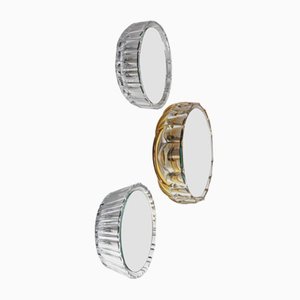
Under a Clear Blue Sky Side Table by Andreas Berlin

Saturn 218d Wall Mirror by Andreas Berlin
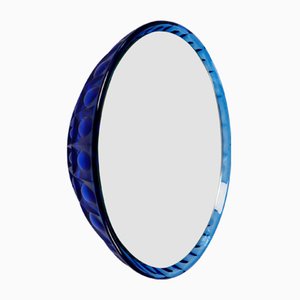
Saturn 219b Wall Mirror by Andreas Berlin
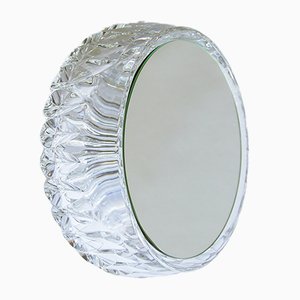
Somebody Got Lucky Shelf by Andreas Berlin

Glück Side Table by Andreas Berlin
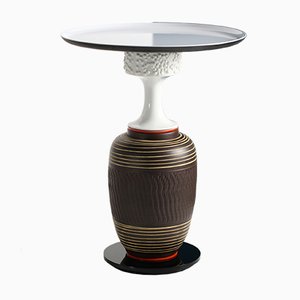
Swim Shelf by Andreas Berlin
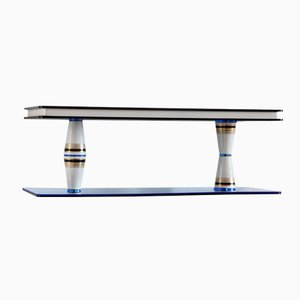
Saturn 177a Mirror by Andreas Berlin
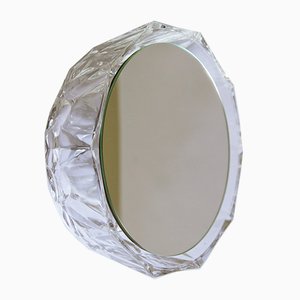
Saturn 177b Mirror by Andreas Berlin

Saturn 187a Mirror by Andreas Berlin

Saturn 219a Mirror by Andreas Berlin

Saturn 177a, 187a, and 219a Mirrors by Andreas Berlin, Set of 3
